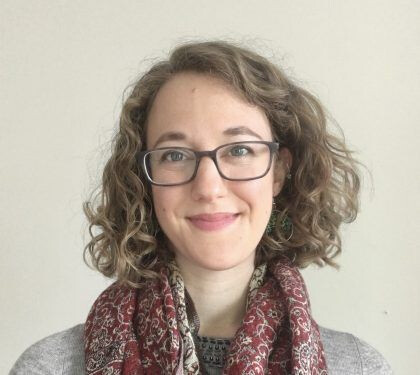AFT Submits Two Federal Comments on Solar Siting
In the last month, AFT has submitted two federal comments regarding solar development. The first was a comment to the Department of Energy on the impacts of solar development on wildlife, and the second was a comment to the Federal Energy Regulatory Commission on the importance of smart solar and transmission development on farmland. This flurry of requests is due largely to the Administration’s ambitious commitment to solar, seeking to grow solar energy generation in the US from 4% to 45% by 2050.
Both comments stated that AFT supports the necessary growth of solar and other renewable energy generation in order to combat climate change. However, because the nation’s best agricultural land is generally flat, open, well-drained, and near to existing infrastructure, it is particularly attractive for wind and solar energy development. Therefore, the government must think strategically about how and where this new infrastructure – especially solar arrays and transmission – will be physically sited. Both comments recommended prioritizing protection of our nation’s most productive, versatile, and resilient (PVR) farmland, and supporting research and development of new technologies like dual-use solar siting, also known as agrivoltaics.
AFT defines dual-use solar siting as being designed and constructed in a manner that:
Retains or enhances the land’s agricultural productivity, both short-term and long-term;
Is built, maintained, and has decommissioning provisions to protect the land’s agricultural resources and utility; and
Supports the viability of a farming operation.
In addition, the comments also included recommendations for:
Funding PACE programs and supporting farmland protection activities.
Establishing a set of best practices for the construction, operation, and decommissioning of solar on farmland, including agricultural dual-use.
Advancing mapping technologies to support local planning that incorporates conservation into climate policies.
Developing other local planning resources, including least conflict processes.




